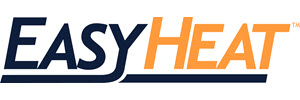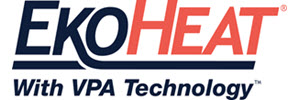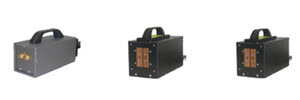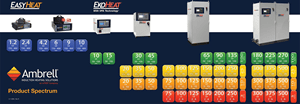Du Métal à l'insertion de Plastique
- D’accueil
- Tous les Processus
- L'insertion de Plastique
Lorsqu'un composant est produit à partir d'un matériau thermoplastique, il est possible de chauffer un insert en métal fileté à une température supérieure au point de refusion du plastique et de le presser dans la pièce en plastique.
Avec le besoin croissant de composants plus légers, plus forts, les inserts en métaux sont désormais fréquemment utilisés lorsque des connexions filetées fortes sont requises. Le processus de collage métal sur plastique requiert chauffage par induction pour chauffage rapide, précis et répétable pour éviter des défauts de qualité comme l'étincelage et la brûlure.
Note de metal-plastiques populaire
Vidéo de metal-plastiques populaire
Nos systèmes et équipements de metal-plastiques
Chauffage par induction
Il est une méthode rapide, efficace, précise et répétable, sans contact permettant de chauffer les métaux ou les autres matériaux conducteurs d'électricité. Le matériau peut être un métal comme de l'acier, du cuivre, de l'aluminium, du laiton ou cela peut être un semi-conducteur comme du carbone, du graphite ou du carbure de silicium. Pour chauffer les matériaux non conducteurs comme le plastique ou le verre, l'induction est utilisée pour chauffer un suscepteur conducteur d'électricité, habituellement le graphite, qui transfère ensuite la chaleur du matériau non conducteur.
Lisez notre brochure de quatre pages "À propos du chauffage par induction"
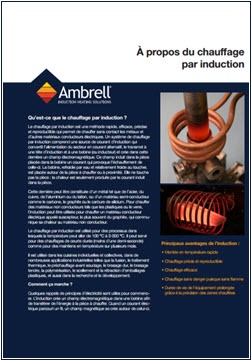
Bobines d'Induction
La bobine d’induction, ou inducteur, est le composant du système de chauffage par induction qui détermine l’efficacité et le rendement du chauffage de la pièce.
La bobine sert à transférer l’énergie de l’alimentation en puissance et de la tête d’induction à la pièce, en créant un champ électromagnétique alternatif.
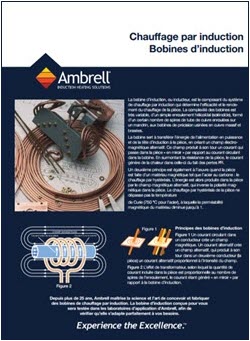
AMBRELL CORPORATION
1655 Lyell Avenue
Rochester, NY 14606
United States
![]() Directions
Directions
T: +1 585 889 9000
F: +1 585 889 4030
Contacter le Service Commercial
Contacter le Service des Commandes
Contacter le Service
AMBRELL B.V.
Holtersweg 1
7556 BS Hengelo
The Netherlands
![]() Instructions
Instructions
T: +31 880 150 100
F: +31 546 788 154
Contacter le Service Commercial
Contacter le Service des Commandes
Contacter le Service
AMBRELL Ltd.
Front Suite, 1st Floor, Charles House
148-149 Gt Charles Street
Birmingham, B3 3HT
United Kingdom
T: +44 1242 514042
F: +31 546 788 154
Contacter le Service Commercial
Contacter le Service des Commandes
Contacter le Service

